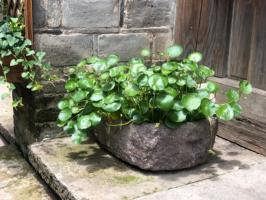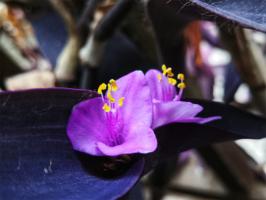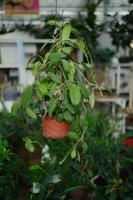The Function of Plant Cell Nucleus: A Comprehensive Overview
Plant cells are known for their complex and unique structures, and one of the most important components of plant cells is the nucleus. The nucleus is considered the control center of the cell, and it performs a wide range of essential functions. In this article, we will explore the different roles and functions of the plant cell nucleus in detail.
Genetic Material Storage
The primary function of the plant cell nucleus is to store and protect genetic material. The nucleus contains the cell's DNA, which is organized into structures called chromosomes. DNA is the blueprint that dictates the development, growth, and functioning of the plant cell.
The chromatin fibers that make up chromosomes in the nucleus contain all the genetic information needed to produce proteins and other cellular structures. The nucleus ensures the stability of this genetic information and prevents damage to the DNA by protecting it from harmful agents, such as radiation or toxins.
Transcription and RNA Processing
The genetic material stored in the nucleus is used to produce RNA, which is essential for protein synthesis. RNA transcription occurs in the nucleus, where DNA is transcribed into RNA molecules. These RNA molecules are then transported out of the nucleus into the cytoplasm, where they are used as templates for protein synthesis.
The nucleus also plays a crucial role in RNA processing, which involves modifications to the RNA molecules. RNA splicing, capping, and tailing are examples of RNA processing that occur in the nucleus before the RNA molecules are exported to the cytoplasm.
Regulation of Gene Expression
The nucleus is responsible for regulating gene expression, which controls the specific traits and characteristics of the plant cell. Gene expression involves the process of turning genes "on" or "off," and this ensures that only the required genes are used for a particular function.
The nucleus regulates gene expression through epigenetic changes, which are heritable changes to gene expression that do not involve alterations to the DNA sequence. Histone modification, DNA methylation, and miRNA are examples of epigenetic modifications that can influence gene expression within the nucleus of the plant cell.
Conclusion
The nucleus is the vital control center of the plant cell, performing a range of fundamental functions that are essential for the proper functioning of the cell. These functions include storing and protecting genetic material, transcribing and processing RNA, and regulating gene expression. An understanding of the role of the nucleus in the plant cell is crucial for advancing our knowledge of plant development and improving agricultural practices.

 how many times do yo...
how many times do yo... how many planted tre...
how many planted tre... how many pine trees ...
how many pine trees ... how many pecan trees...
how many pecan trees... how many plants comp...
how many plants comp... how many plants can ...
how many plants can ... how many plants and ...
how many plants and ... how many pepper plan...
how many pepper plan...






























